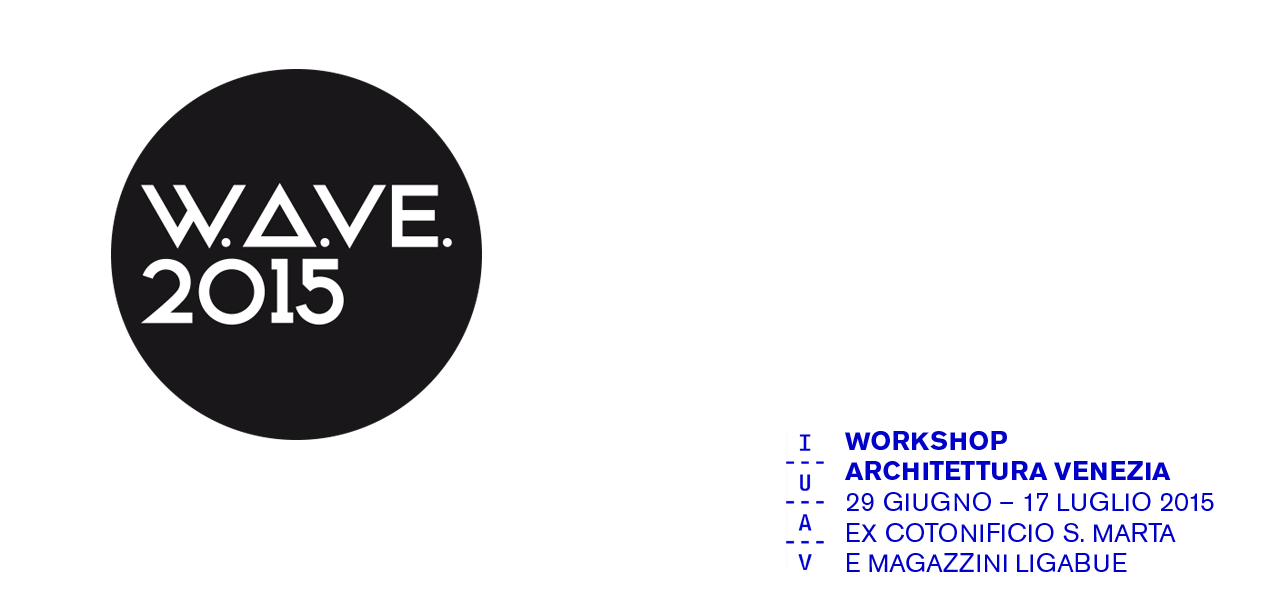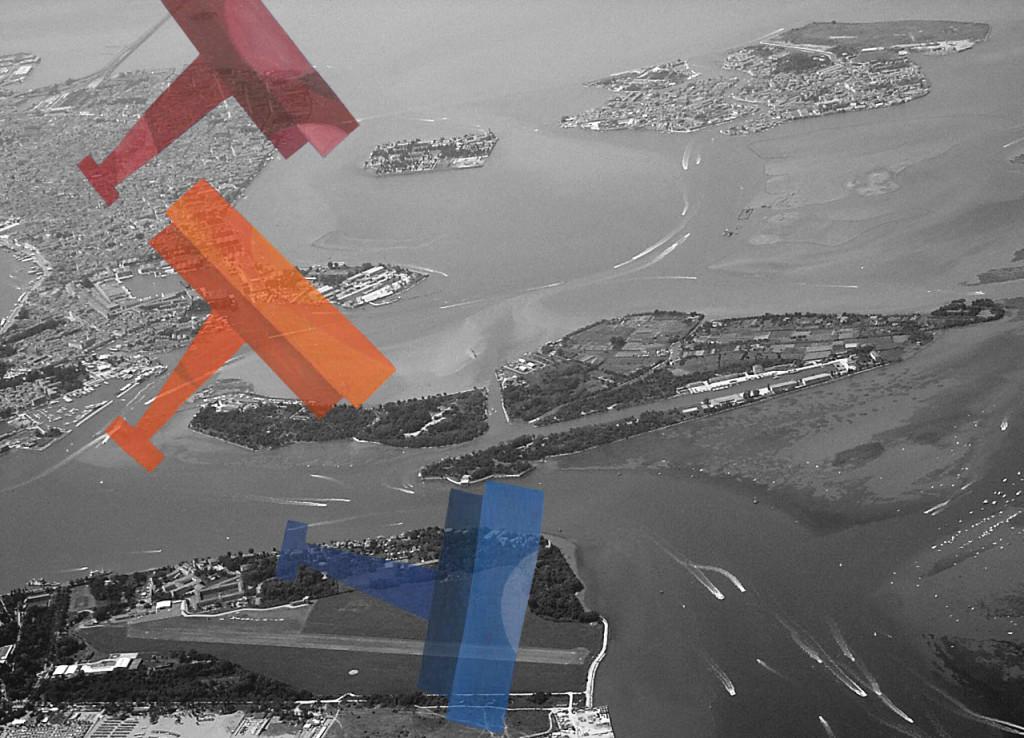Professors
Superpool (Selva Gürdoğan & Gregers Tang Thomsen) [TR] + Gundula Rakowitz [IUAV]
Assistants
Nicola Barbugian, Beyza Gürdoğan, Derya İyikul, Davide Mazzucato
EN // The case of the investigation is the metropolitan city of Venice and in particular a specific part of the Venetian archipelago that today requires new experimental and operational actions for its own future. This is the north-eastern part of the lagoon, an area near the Bocca di Porto of the Lido related to the history of the water control and the existing technical proposals, in particular the island of the Vignole as a site of great compositional potential.
Inside the north-east lagoon, between the two temporary extremes, also marked by the characters of the area in a changeable relationship between the time of the history and the figures of the area, two places are identified and become crucial points for the project: the Forte di Sant’ Andrea and the Siluripedio, later transformed into a seadrome.
The workshop is understood as a research connecting the significant issues of heritage to the theme of the imaginative process of the architectural project in relation with the stratification and layering of signs, geometries and paths, textures and repeated patterns. So the workshop provides moments of depth of architectural themes that deal simultaneously with different scales and assume the natural-artificial landscape of the lagoon metropolis as its site.
Georg Simmel writes in Bridge and Door (Brücke und Tür, Berlin 1909): “By disengaging two things from the unperturbed state of natural things, in order to designate them as ‘separate’, we have already related them to each other in our awareness, we have differentiated them both, together, from everything that lies in the In-between (gegen das Dazwischenliegende).”
Data-finding could include library research, archive / newspaper scanning, old maps, official regional plans / master plans, demographic reports, thesis projects, open source digital data scanning, environmental reports, live-feed internet of things data search.
New Questions will encourage the students to generate as many questions about the future of the Vignole.
Data-generating includes oral history interviews, questionnaires, gis mapping, time-lapse photography, geotagged photography, hash-tagged tweets, live-feed of internet of things.
Precedents include looking into similar projects like Roosevelt Island, Oyster-tecture, Detour Norway…. The effort will be to identify successes and failures within relevant projects.
Possible Anwers will encourage students to make quick future scenarios.
Campaign students will be asked to choose from the scenarios through a series of negotiations and be asked to develop campaigns to gain local support.
IT // Il caso d’indagine è la città metropolitana veneziana e in particolare una parte specifica dell’arcipelago veneziano che oggi esige azioni operative nuove e sperimentali per un proprio futuro. Si tratta della parte della laguna nord-orientale di Venezia, nell’area lagunare presso la Bocca di Porto del Lido legata alle vicende del controllo delle acque e delle proposte tecniche esistenti, in particolare dell’isola delle Vignole in quanto luogo di grandi potenzialità compositive.
All’interno della laguna nord-orientale, fra i due estremi temporali, segnati anche dai caratteri dei siti in un rapporto mutevole tra tempi della storia e figure dei siti, si individuano due luoghi e punti cruciali come principio per il progetto: il Forte di Sant’Andrea e il Siluripedio, successivamente trasformato in idroscalo.
Il workshop è inteso come lavoro di ricerca connettendo le questioni significative del heritage al tema del processo immaginativo del progetto di architettura in relazione con la stratificazione di segni, geometrie e tracciati, trame e forme ripetute.
Il workshop prevede momenti di approfondimento di temi di architettura che investono simultaneamente scale differenti e assumono così il paesaggio naturale-artificiale della metropoli lagunare come proprio luogo.
Georg Simmel scrive in Ponte e porta (Brücke und Tür, Berlin 1909): “Astraendo due cose dalla imperturbata situazione delle cose naturali, per designarle come separate, noi le abbiamo già, nella nostra coscienza, messe in relazione l’una all’altra, le abbiamo fatte risaltare entrambe, insieme, nei confronti di tutto ciò che sta in mezzo (gegen das Dazwischenliegende).”
Il rinvenimento di dati potrebbe includere la ricerca in biblioteca e archivio / scansione di giornali, vecchie mappe, piani regionali ufficiali / piani generali, rapporti demografici, progetti di tesi, la scansione di dati digitali open source, rapporti ambientali, aggiornamento in tempo reale su internet.
Nuove domande incoraggeranno gli studenti a generare il maggior numero di domande possibili sul futuro delle Vignole.
La generazione di dati include interviste sul posto, questionari, mappatura gis, fotografia a intervalli temporali, fotografia georeferenziata, tweet con hashtag, aggiornamento in tempo reale su internet.
I precedenti comprendono l’esame di progetti simili come Roosevelt Island, Oyster-tecture, Detour Norvegia… Lo sforzo sarà quello di individuare successi e fallimenti in progetti rilevanti.
Possibili risposte incoraggeranno gli studenti a immaginare gli scenari di un prossimo futuro.
Agli studenti impegnati attivamente verrà chiesto di scegliere tra gli scenari attraverso una serie di negoziazioni e di sviluppare poi attività per ottenere il sostegno locale.


Leave a Reply